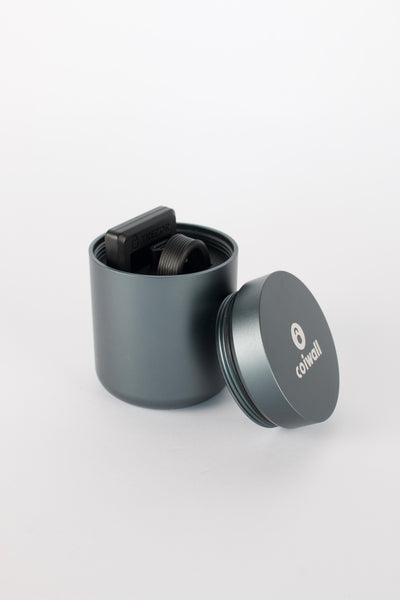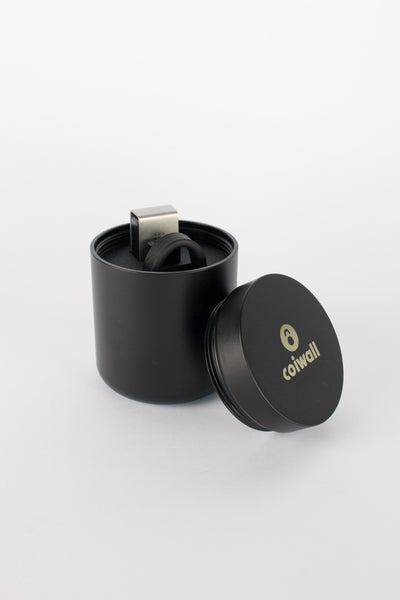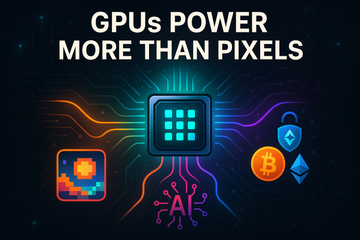Let’s get one thing straight out of the gate: when most folks think about a Graphics Processing Unit—or GPU, for those in the know—they picture dazzling video game visuals or awe-inspiring movie effects. But you know what? There’s much more going on behind the smooth surfaces and seamless animations than you might expect. GPUs have become a kind of sleeper hit, powering not just our visual joys but so much of the world’s high-speed computing, from cryptocurrency mining to artificial intelligence. Honestly, if you thought GPUs were just for gamers, buckle up for a surprise.
Wait, What Exactly Is a GPU?
Alright, let’s rewind for a quick second. A GPU is an electronic circuit that brings images and data to life on your screen. But it’s not just any old painter—think of it more like an entire art studio filled with hundreds or even thousands of tiny artists working side by side. That’s because GPUs handle many calculations at once, using what’s called parallel processing. Where your old-school CPU focuses on a handful of tasks at lightning speed, the GPU juggles thousands. It’s a bit like comparing a solo chef to a bustling restaurant kitchen during Friday night rush hour—one’s nimble, the other’s a multitasking machine.
Graphics Rendering: Still Their Day Job—Or Is It?
GPUs didn’t start out running AI models or crunching blockchain hashes. Their bread and butter was, and for many still is, rendering graphics—drawing, shading, and animating pixels swiftly and beautifully. Without a GPU, your favorite AAA game or that high-res nature documentary wouldn’t look nearly as stunning. Smooth frame rates, realistic lighting effects, and crisp textures? That’s GPU magic in action.
Yet, the story doesn’t stop with visuals. You know how sometimes it feels like every new tech trend uses the word “blockchain” or “crypto?” Well, GPUs play a starring role there, too. Cryptocurrency mining relies on computers solving millions of math problems per second—something GPUs are practically built for. Trezor and Ledger, for instance, may not be making GPUs themselves, but the security of the wallets holding crypto often starts with how the currency is mined and transacted, much of which depends on these graphics chips down in the trenches.
Meet the Modern-Day Powerhouses
When you hear names like Nvidia, AMD, or even Intel testing the GPU waters, you might immediately think of gaming rigs or souped-up workstations. Nvidia’s GeForce series and AMD’s Radeon cards dominate the conversation for gamers and creators alike. But step aside from the spectacle, and you’ll find GPUs tucked into all sorts of surprising corners—scientific labs, self-driving car prototypes, even the odd cryptocurrency mining farm humming away in someone’s basement or warehouse just outside Houston or Helsinki.
It’s wild, really. The same tech that lets you bask in ray-traced sunlight in a video game might also be calculating protein folding patterns for vital medicine research. And these cards just keep getting stronger. The sheer jump from one generation to the next, in terms of memory bandwidth and processor cores, can feel almost sci-fi.
Parallel Computing: The Secret Ingredient
Let me explain a bit about why GPUs are so good at what they do. It comes down to parallel processing. Unlike a CPU, which is optimized for serial tasks (one thing at a time, just really fast), a GPU shines at handling thousands of smaller tasks, all at once. Imagine filling hundreds of water balloons simultaneously instead of one at a time. The result? Blazing speed when the task can be split into many pieces.
That’s a superpower for workloads like machine learning, weather modeling, and yes—crypto mining. Financial services firms, researchers, engineers, and indie devs all count on GPUs for serious number crunching. It’s what makes deep learning tick and self-driving cars interpret the world around them in milliseconds. Not every GPU ends up mining Ether or rendering lush forests; plenty spend their days in the service of research or number-heavy design.
What About Everyday Folks?
Now, you might be thinking, “Alright, that’s all high-tech and fancy, but do I even need a GPU if I’m not a gamer, miner, or scientist?” Fair question. For everyday web browsing and social media, modern CPUs do just fine. But if you ever want to edit photos, cut together some home video, or hop into a game or VR experience, a solid GPU starts to make a real difference.
Take a look at the rise of creative hobbies. YouTubers, digital artists, even amateur designers are all benefiting from accessible GPUs. Affordable entry-level cards have opened up new possibilities, even for smaller setups—no need for a tower that sounds like a jet engine.
- Video streaming is smoother at higher resolutions
- 3D modeling for hobbies like printing figurines just got easier
- Coding and development, especially for machine learning, is more approachable than ever
Heck, even Chrome and Firefox make use of the GPU under the hood (go ahead, pop open the task manager sometime and see for yourself).
Crypto Hardware and Security: Where GPUs Meet the Real World
Speaking of crypto, let's circle back for a second. The scramble for mining profits means powerful GPUs change hands at a dizzying pace. But once the coins are minted, where do they go? Often, they're tucked away behind the armored shields of hardware wallets. This is where companies like Trezor and Ledger come into the story, providing a literal lockbox for your digital gold. While GPUs perform the heavy lifting in creating and verifying transactions, wallets like these keep your treasures safe from digital bandits. In short, the GPU gets your foot in the door, but secure hardware wallets make sure you get to stay there.
Curious Trends and the Road Ahead
GPU prices have seen wild swings, often tied to crypto market booms. Shortages in recent years led to even casual PC builders feeling the pinch, as miners snapped up the latest cards before gamers even had a chance. It’s not all bad news, though. As demand grows for machine learning, 3D rendering, and high-res content, more companies are jumping in, and innovation is moving faster than ever.
Cloud computing, too, is putting GPU power within everyone’s reach—no need to buy the latest card if you can rent time on a supercomputer from halfway across the world. That might just mean a new burst of creativity across tech, design, and digital finance, where anyone with a good idea and a bit of know-how can play with the same building blocks as the giants.
Wrapping Up: It’s More Than Just a Graphics Card
So, next time you find yourself gazing at a buttery-smooth animation, deciphering a crypto transaction, or marveling at an AI portrait, spare a thought for the unsung powerhouse running the show. Whether hidden inside a gaming PC or quietly working away in the cloud, GPUs are shaping how we experience, create, and interact with technology.
And if you’re thinking about getting into crypto or upscaling your creative setup, maybe give a nod to the humble GPU…and keep in mind the quiet but important role hardware wallets like those from Trezor and Ledger play in securing your new digital adventures. Who’d have thought the same tiny chips making pixel magic would end up being so central to our modern, connected lives?











